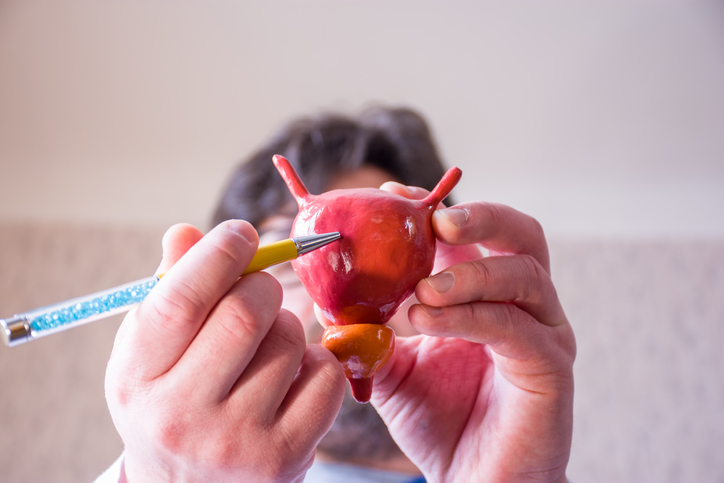Your Pelvic Pain Might be Painful Bladder Syndrome
Painful bladder syndrome, or interstitial cystitis, is a condition that causes recurring pain and discomfort in the bladder and throughout the surrounding area. Common symptoms of painful bladder syndrome include intense pain, tenderness or pressure in the affected area, along with urinary urgency and/or frequency. If you are experiencing any of these symptoms, your doctor can determine whether painful bladder syndrome is the cause.
What causes painful bladder syndrome?
In the normal urinary tract, urine is produced in the kidneys and delivered to the bladder through the ureters. Your bladder stores this urine until you find an appropriate time to urinate. When you are ready to release the urine, the bladder muscles contract and the sphincters between the bladder and the urethra relax. Urine then flows into the urethra and out of the body.
In an individual with painful bladder syndrome, the bladder may not be able to hold as much urine as it should. Painful bladder syndrome can also result when the walls of the bladder become stiff or irritated.
How is it diagnosed?
In most cases, painful bladder syndrome is a diagnosis of exclusion, which means that your doctor will rule out the other possible causes of your symptoms in order to diagnose this condition. Some of the other conditions your doctor will rule out include bladder cancer and urinary tract infection. In women, endometriosis is another condition that may cause pelvic pain.
Some of the tests your doctor may use to diagnose painful bladder syndrome include:
- Urinalysis – Urinalysis involves examining a patient’s urine under a microscope to look for signs of infection or other disease.
- Urine culture – In a urine culture, urine is kept under conditions designed to allow any bacteria in the urine to grow. Doctors can then identify and treat the bacteria.
- Urodynamic testing – Urodynamic tests are tests designed to examine the function of the urinary tract. These tests can measure the amount of urine the bladder holds, how fast urine flows when released and more.
Depending on the results of these tests, the doctor may diagnose painful bladder syndrome or another condition. If you are diagnosed with painful bladder syndrome, your doctor will explain your treatment options, which may include medication and/or medical procedures designed to relieve pelvic pain.
If you are experiencing symptoms of painful bladder syndrome, contact us today to set up an appointment with one of our highly trained urologists: https://www.gaurology.com/contact-us.



